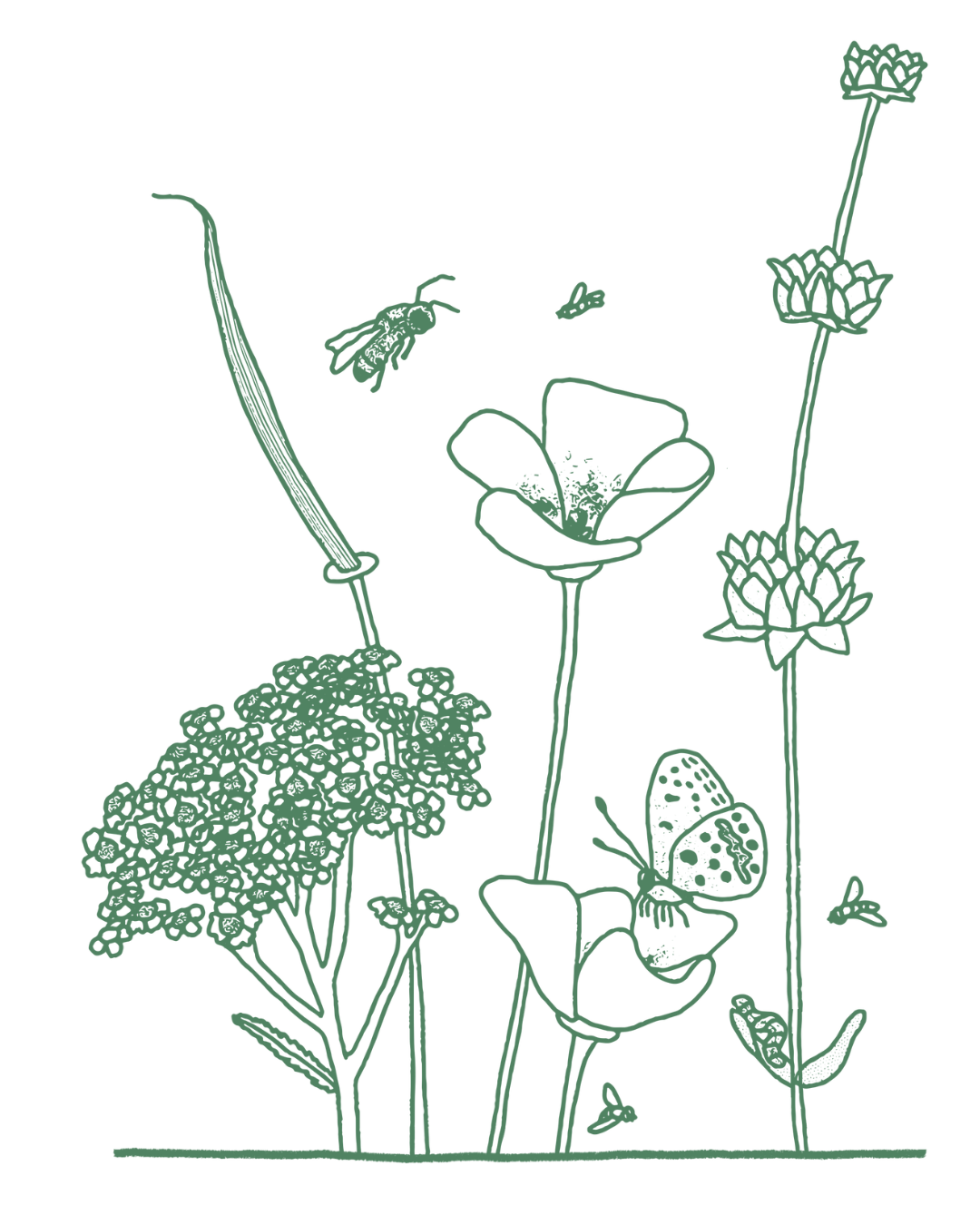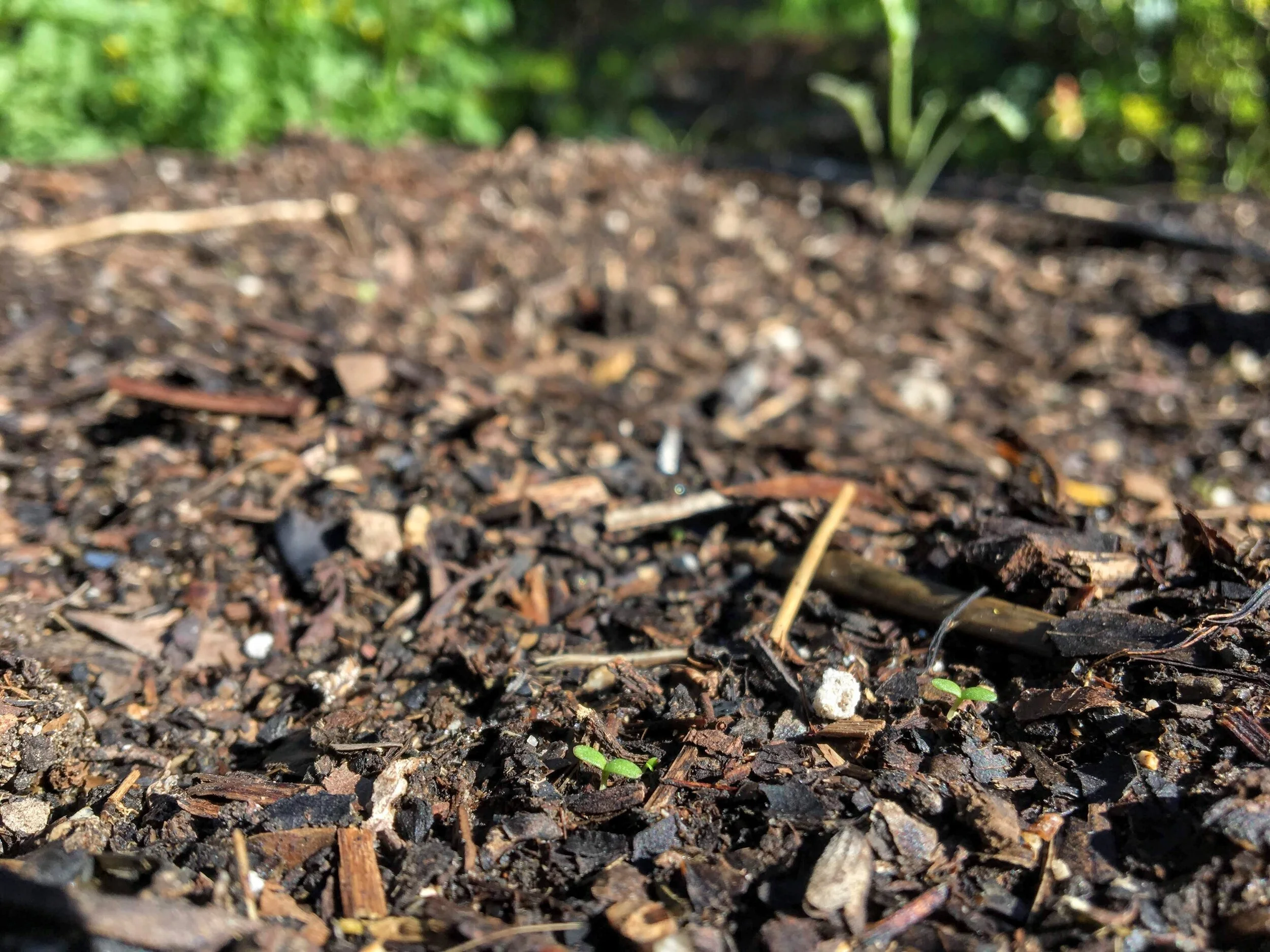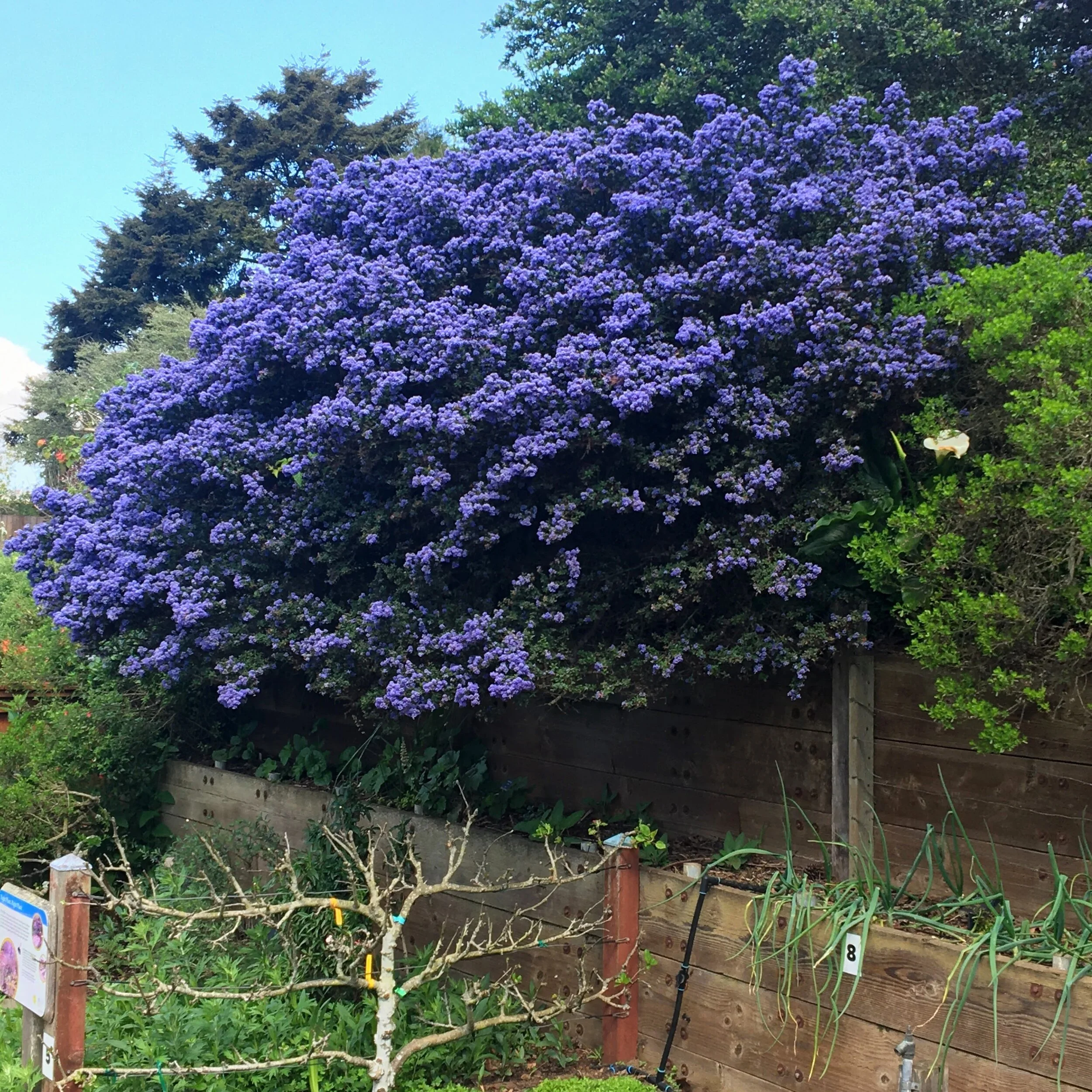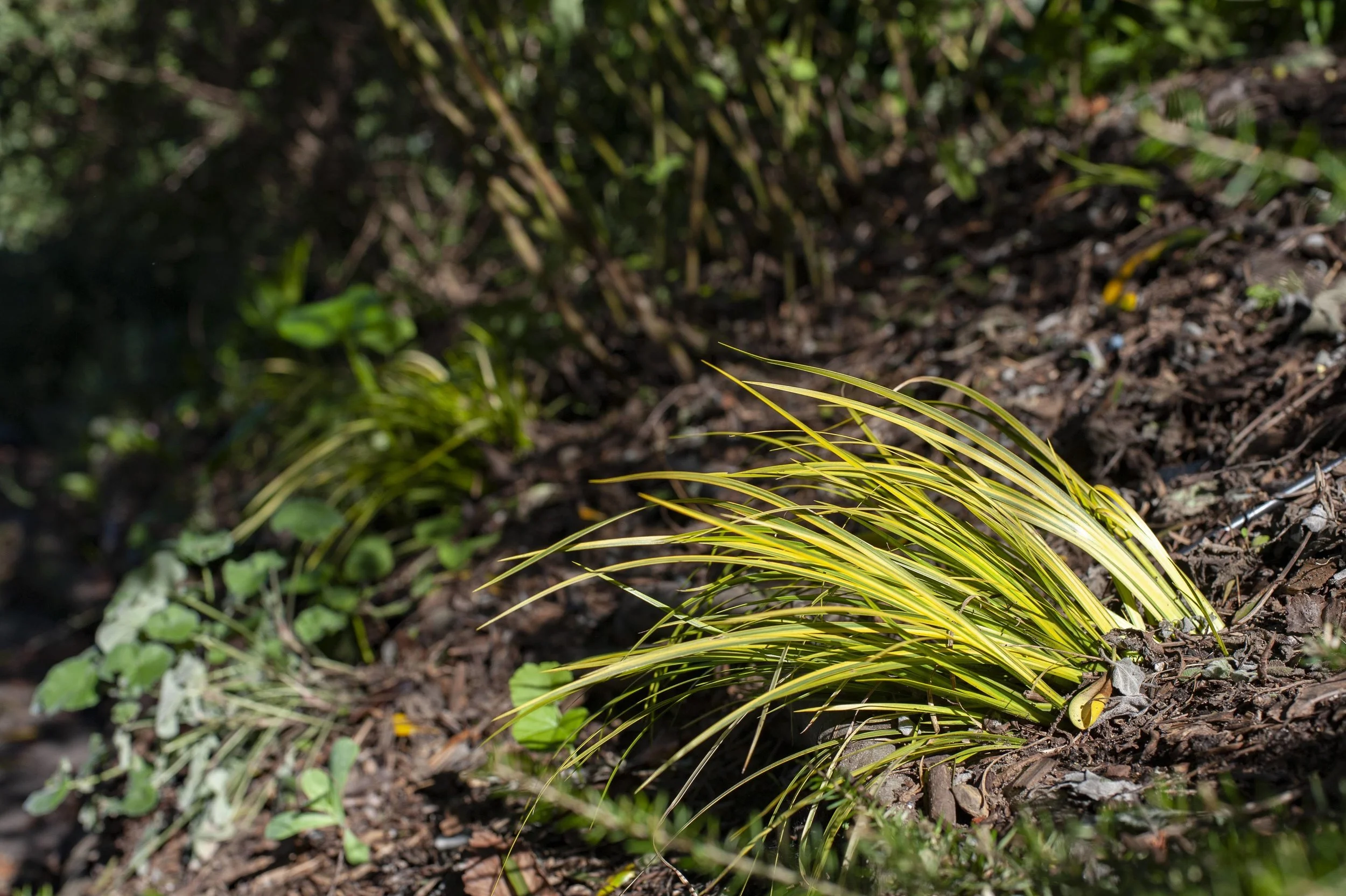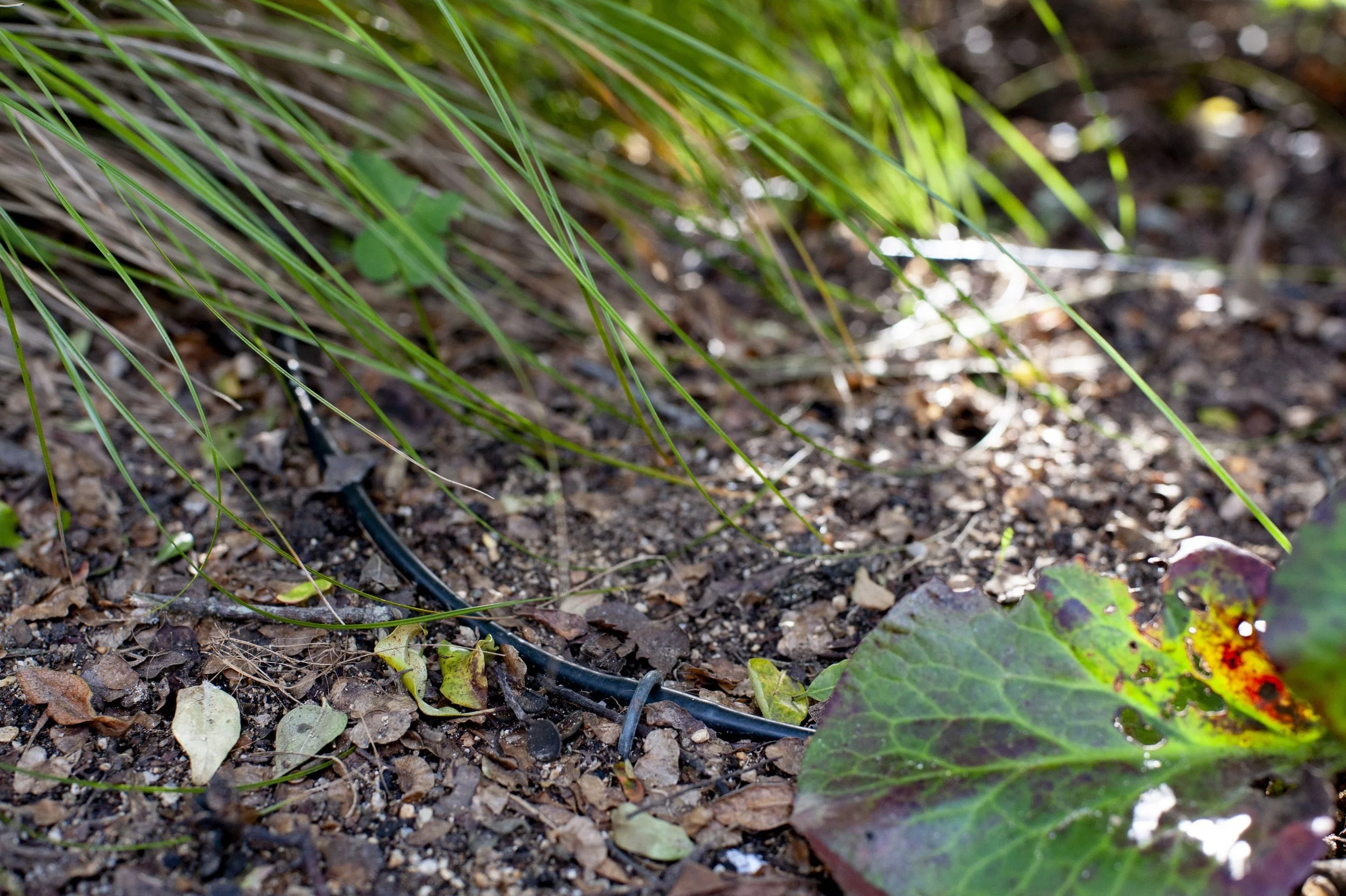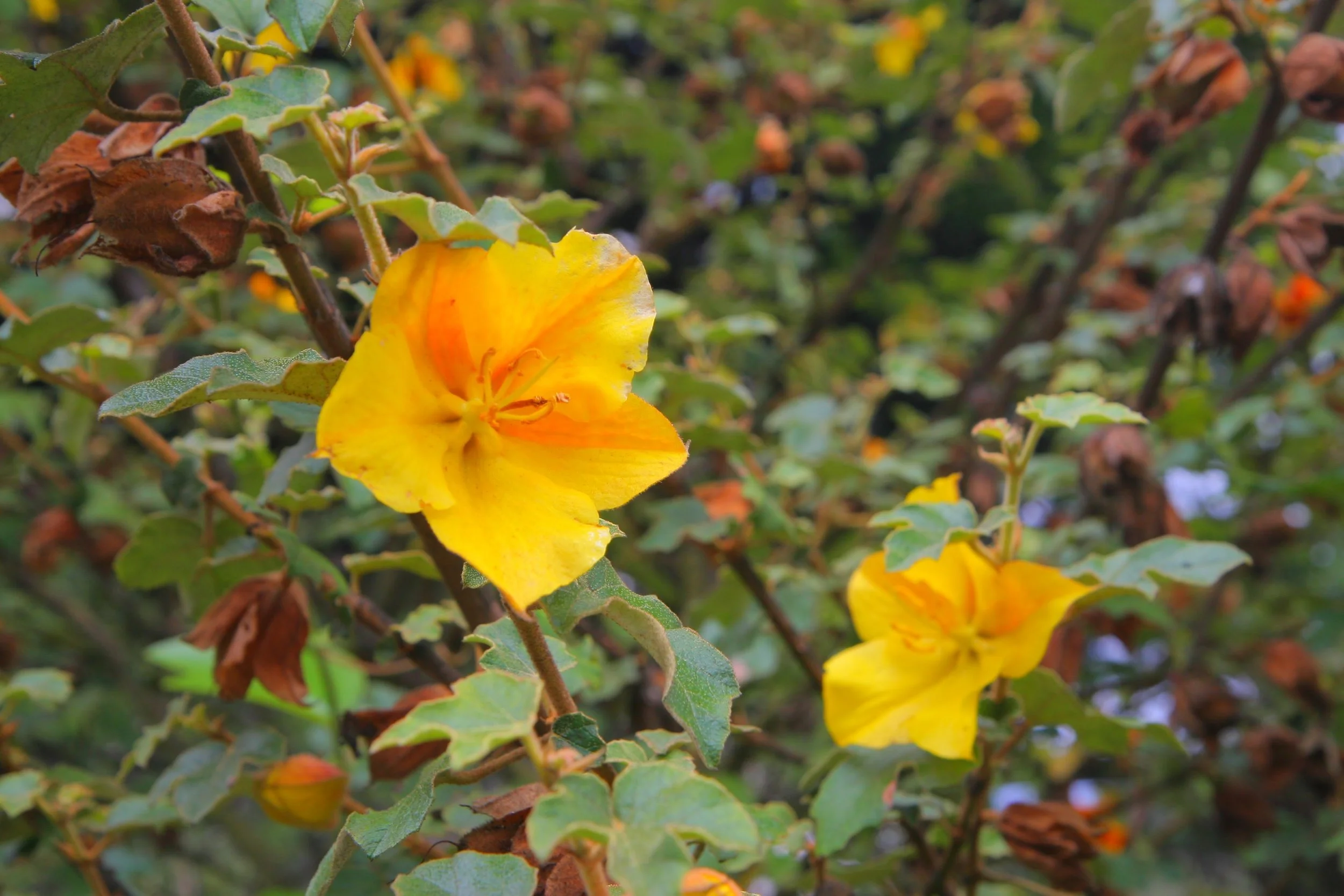Growing Gardeners
Dig into our online garden classroom featuring urban gardening advice, fun projects for kids, and recipes straight from the garden.
Learn to foster a garden that supports your community and local ecology.
Resource: What type of soil should I use?
What’s the difference between all the types of soil you hear about? Learn about potting mix, planting mix, topsoil, and compost and which one is best for your purposes.
30th Anniversary Historical Post: Water, Water Everywhere (around GFE)!
Today’s historical post looks at GFE and the water surrounding it, past and present.
Native Plant Fun Facts: The gorgeous Fremontodendron californicum
This week’s featured California native plant is the hardy, gorgeous Fremontodendron californicum, commonly known as California flannelbush. The most notable feature of Fremontodendron californicum is its stunning bright yellow flowers that bloom in spring, so look for them as you walk in your neighborhood these days.
Troubleshooting: Compost
We get a lot of questions about how to troubleshoot a compost pile. Learn how to asses if you pile is doing what it should be, and how to fix common problems that may arise!
Ask Maggie: Your Spring Gardening Questions
Now is a great time to get gardening! We are all spending so much time at home and have an even greater relationship to food and our personal spaces. Here are some of the things I suggest for gardening this time of year.
Native Plant Fun Facts: The Beautiful, Mighty Ceanothus!
GFE is excited to begin a new Native Plant Fun Facts feature every Monday. Our first featured plant is the beautiful, hardy Ceanothus (aka Soapbloom or California Lilac, although it’s not a true Lilac).
Tea and Winter Pruning
This morning was sunny, a momentary break between showers. I kicked off my slippers, put on my boots, and went outside to have a look. Sipping my tea, I walked through the soggy garden, waiting for a little prompting to tell me where to work today. My eye was caught by a section of the garden where last year’s growth had caused some shrubs and perennials to grow into and through each other, leading to a visual mess. They were beautiful plants, just right for a sunny dry border with a sturdy succession of bloom.
Don't Touch that Dial!
As our rainy season draws to a close, gardeners everywhere are turning their irrigation systems back on in anticipation of the dry summer months to come. And this year, with the drought emergency officially over, it’s with an easy conscience. After all, why not treat the garden to a little more water this year? After all those lean water years, don’t the plants deserve it? Whoa! Don’t touch that dial!
Towards a Leafy Future (Even in a Drought)
Every spring, as the last rains finish, gardeners are busy turning on the drip irrigation timers, and running each valve, to make sure that there are no leaks, and that the water is being targeted correctly. This year, because of our record-breaking drought, the stakes are even higher. Almost every garden has room to trim water use. First of all, if your garden still doesn’t have drip irrigation, now is the time. Drip irrigation applies the water slowly and evenly directly into the soil, so that none is lost to evaporation or run-off.
Garden Tolerance
Some native plants can be mixed in with other plants requiring summer water, but most can not. This is called the garden tolerance of the native plant. Most native plants have poor garden tolerance, which just means they will not thrive if exposed to normal garden conditions like rich soil, fertilization, and summer irrigation. They may even die.


